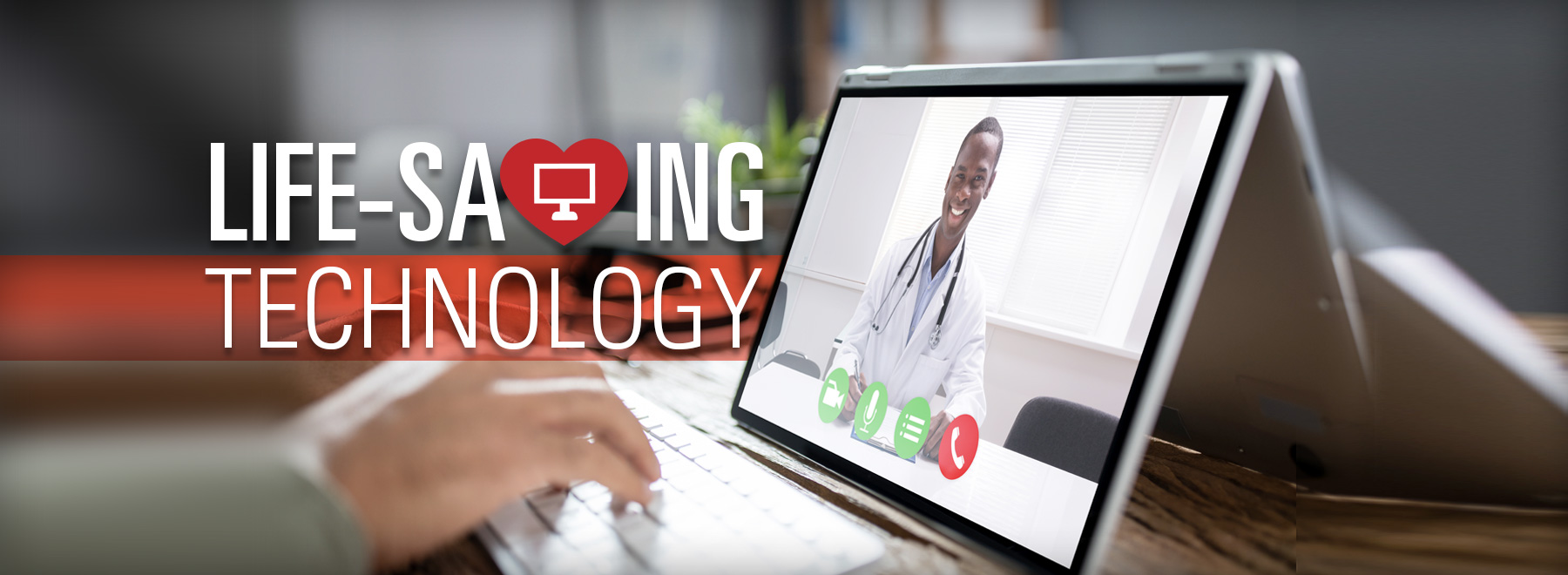From house calls to triage, telehealth aids pandemic response
The University of Mississippi Medical Center’s efforts to stop the spread of COVID-19 are centered on the use of telehealth technology to link people from a distance.
As a tool for triage in COVID-19 testing, for medical teams to communicate with patients in isolation and for making house calls during a pandemic, telehealth has proven versatile and vital.
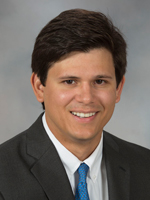
“UMMC’s COVID-19 response is centered around telehealth,” said Julio Cespedes, director of Telehealth Innovation, Design and Implementation at UMMC’s Center for Telehealth.

In 2017, the Center for Telehealth was recognized as one of two federally designated centers of excellence in telehealth by the U.S. Health Resources and Services Administration. With this designation came the mission of supporting the nation with telehealth capacity building, said Dr. Richard Summers, UMMC associate vice chancellor for research.
“We are fielding requests across the state and we have been coordinating with our country’s regional telehealth resource centers to support organizations with telehealth needs,” Summers said. “We have had the opportunity to present our state’s innovative COVID-19 model to all the telehealth resource centers across the country.”
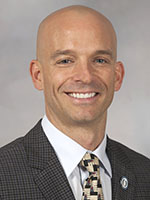
Without UMMC’s telehealth efforts, the state’s response to the pandemic would not function, said Dr. Alan Jones, UMMC professor and chair of emergency medicine and interim chief telehealth officer.
“Telehealth is an unsung hero of the COVID-19 pandemic,” Jones said. “It is not only enabling triage in our testing area, but it is helping doctors see patients without putting themselves or their patients at risk.
“Most certainly, telehealth is saving lives.”
Triage and testing
Mississippians seeking testing for the novel coronavirus are first triaged through the C Spire Health app and, if appropriate, are given appointments for testing through telehealth.
Those who do not have smartphones can use a phone-in process also developed through the Center for Telehealth.

“Many teams played a part in bringing the COVID response together,” said Greg Hall, director of information technology at the Center for Telehealth. “The clinical, technology and administration teams at the Center for Telehealth worked closely with partners from C Spire to rebrand the C Spire Health app to enable the triage of patients.
“C Spire also created a communication tool that enabled communications to be sent via text and email to patients, enabling the patients to show proof that they had been properly screened before showing up at the fairgrounds or one of the pop-up testing sites.”
The Center for Telehealth team also worked with the team at the Incident Command Center in the office of Dr. LouAnn Woodward, UMMC vice chancellor for health affairs, and the Mississippi Department of Health to come up with the workflow plan needed for COVID-19 testing in the state.
Making housecalls
As the pandemic hit, UMMC providers needed a way to care for patients without putting themselves or their patients at risk of contracting COVID-19.
To meet that need, UMMC’s Center for Telehealth scaled up the virtual platform UMMC2YOU and provided training across the organization.
“COVID-19 has exponentially increased UMMC’s telehealth usage for normal visits,” Hall said. “As we have shifted to telehealth as a primary modality for ambulatory visits, we have added more than 1,359 new doctors, advanced practice providers, nurses and frontline staff to our UMMC telehealth platform.”
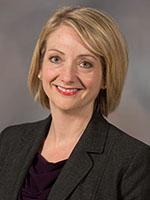
“Telehealth has allowed our pediatric providers to continue to give their patients the care they need,” said Karen Dowling, chief ambulatory and network operations officer for Children’s of Mississippi, UMMC’s pediatric arm.
For patients who need to see their regular providers for care not related to the outbreak, telehealth, and in some cases, phone calls, are making care available.
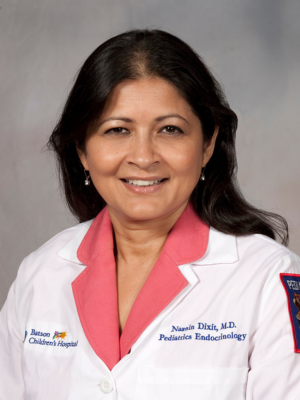
“These are good old house calls,” said Dr. Naznin Dixit, UMMC professor and chair of pediatric endocrinology. “We have patients who need care, and if they miss their appointment, it might be six months before they could get another one.”

In adult dermatology, hundreds of live telehealth patient visits have been provided since March 19, according to said Dr. Robert Brodell, UMMC professor and chair of dermatology.
“The good news is that 90 percent of patient issues can be handled by teledermatology during this crisis,” Brodell said.
Critical care
Telehealth technology is also helping conserve personal protective equipment. Cameras are being used in COVID-19 patient intensive care rooms to allow an expansive care team to see those patients virtually.
In the Emergency Department, rooms where patients are being isolated have telehealth capabilities so larger care teams can communicate with patients while preventing the spread of COVID-19 and preserving PPE such as N95 masks, gloves, face shields and gowns.
Looking to the future
Telehealth’s use is projected to grow after the COVID-19 pandemic is history, UMMC experts say.
“The need for more remote patient monitoring is only going to grow, and what’s going on right now with the COVID-19 crisis illustrates that need,” Cespedes said.
“In this time of crisis, we have seen the capabilities of telehealth technology and how they can be used now to prevent the spread of COVID-19, and later, once the pandemic has ended,” Jones said. “It will remain a powerful part of providing care.”
The above article appears in CONSULT, UMMC’s monthly e-newsletter sharing news about cutting-edge clinical and health science education advances and innovative biomedical research at the Medical Center and giving you tips and suggestions on how you and the people you love can live a healthier life. Click here and enter your email address to receive CONSULT free of charge. You may cancel at any time.



